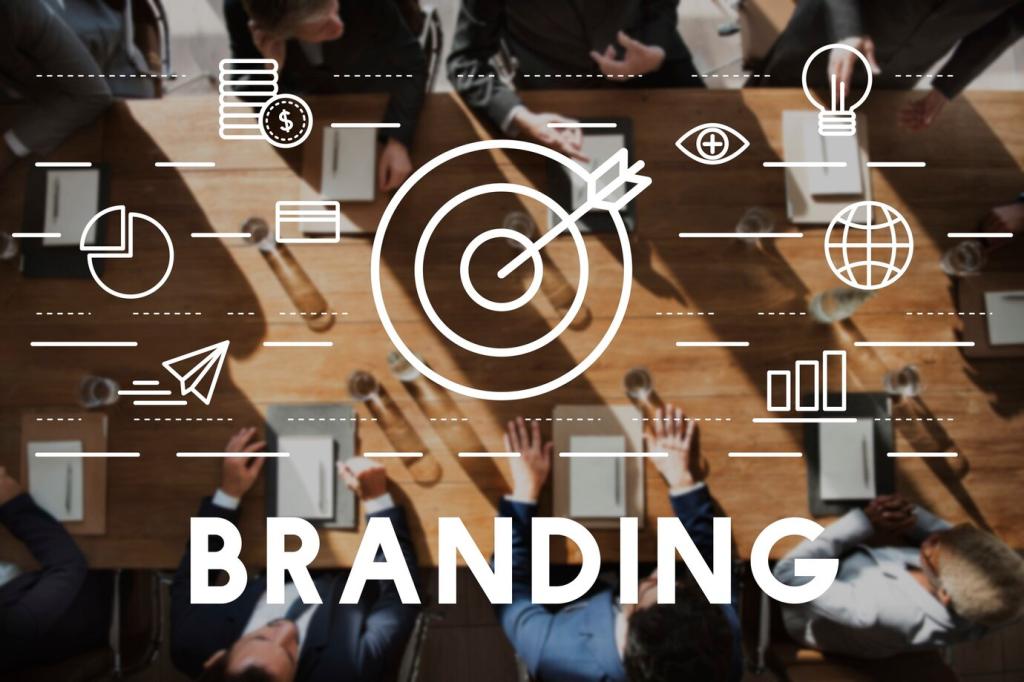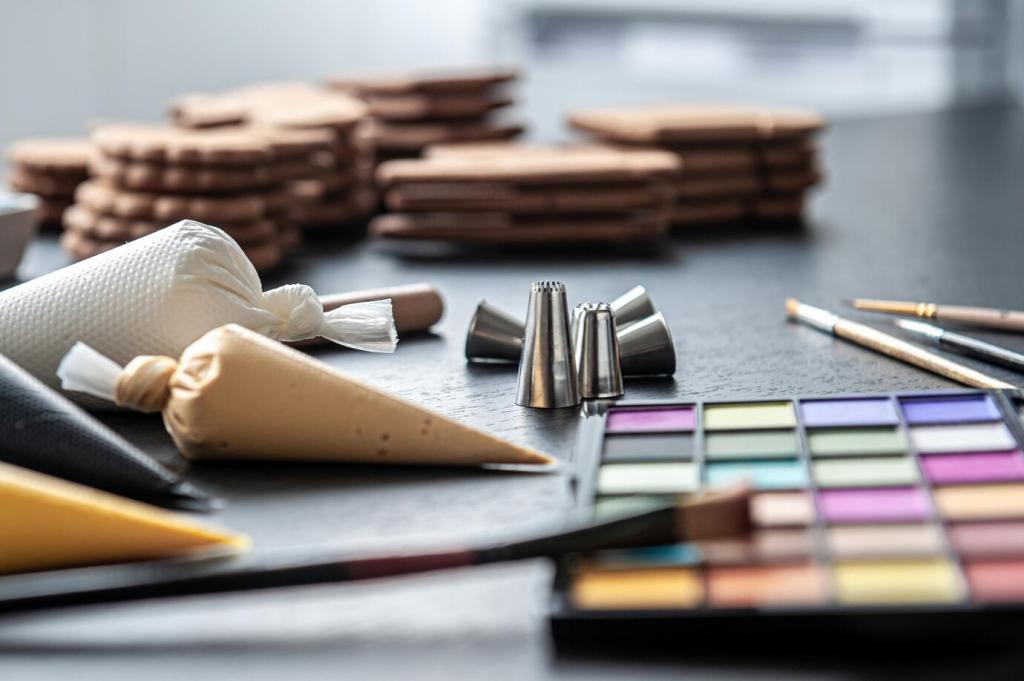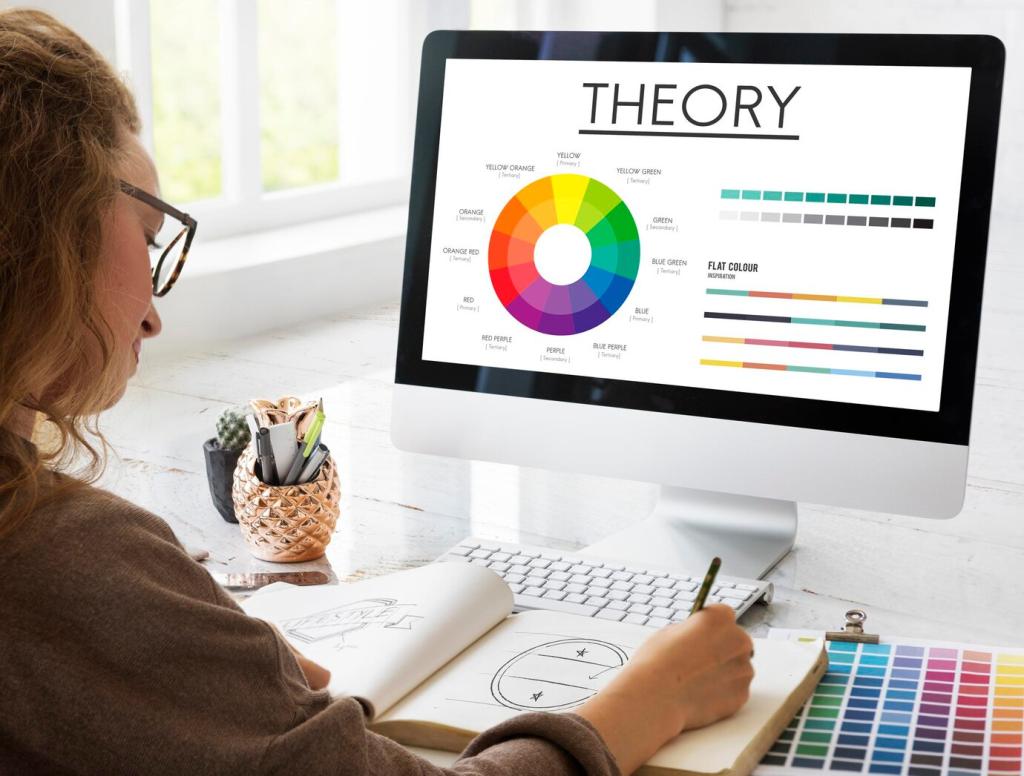Conversion Architecture: Copy that Guides and Gently Persuades
Pair an evocative subhead with a precise value statement. For example, promise outcomes—function that flows, lighting that flatters—then offer a consult CTA. One studio shortened its hero sentence and increased clicks by focusing on outcomes, not adjectives.
Conversion Architecture: Copy that Guides and Gently Persuades
Design CTAs that echo your aesthetic: consider verbs like “Envision,” “Refine,” or “Arrange a Walkthrough.” Keep placement consistent, spacing generous, and contrast accessible. Ask visitors to comment which CTA wording feels most natural to their brand voice.




